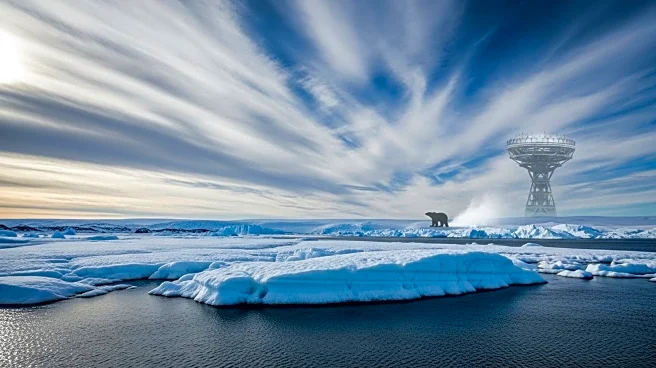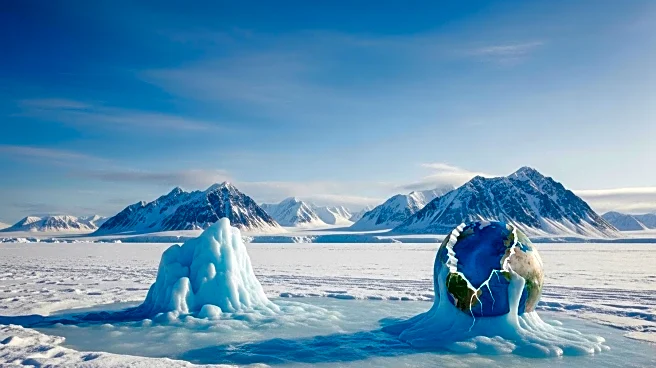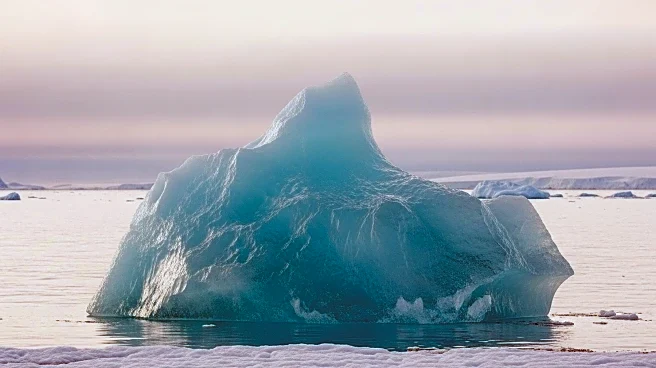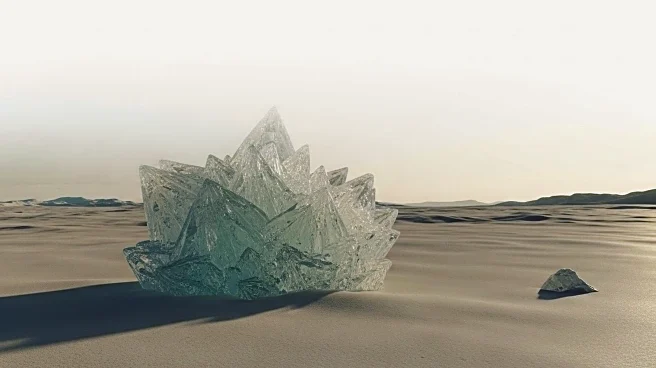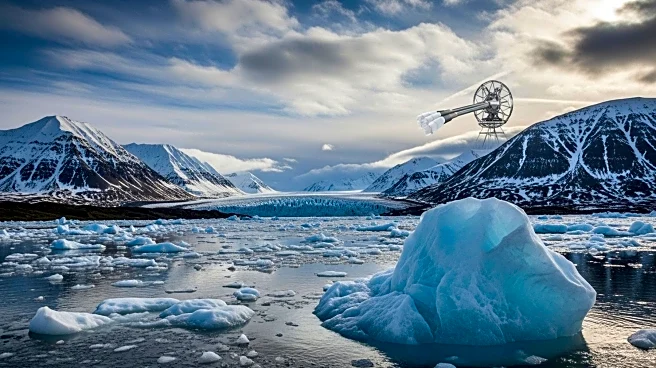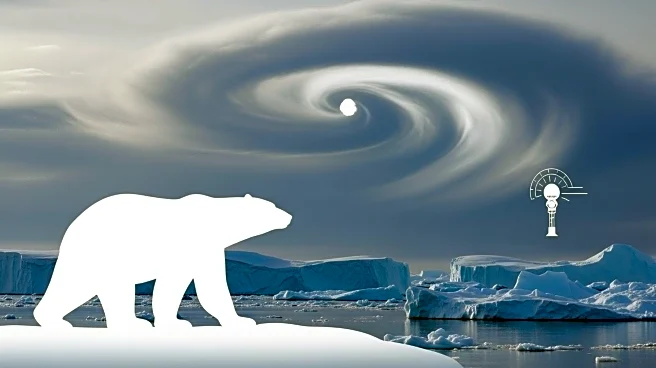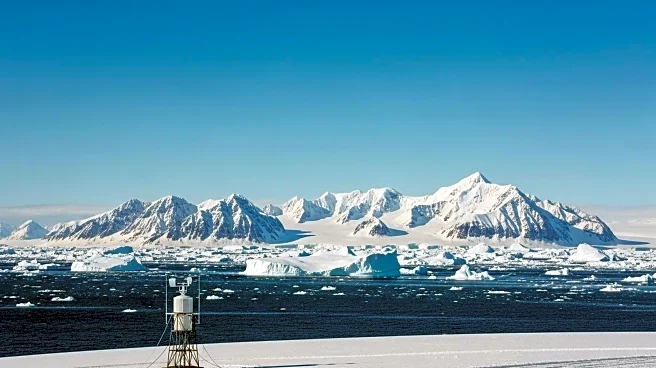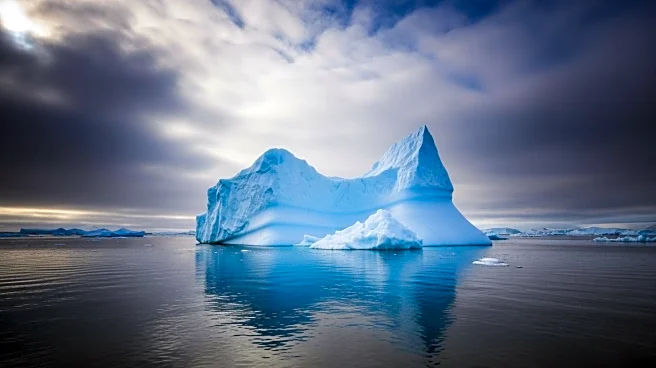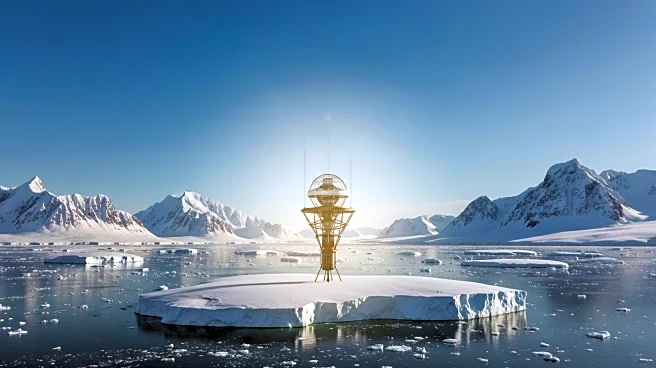What's Happening?
A review published in Frontiers in Science has critically assessed geoengineering strategies aimed at slowing ice melt in the Arctic and Antarctic. The study evaluated five concepts, including spraying reflective particles and using underwater curtains, and found them to be impractical and potentially harmful. The researchers highlighted the environmental risks, high costs, and governance challenges associated with these proposals. They argue that these methods could disrupt ecosystems and global climate patterns, and emphasize the need to focus on reducing greenhouse gas emissions instead.
Why It's Important?
The study's findings are crucial as they challenge the viability of geoengineering as a solution to climate change. With polar regions warming faster than the global average, there is pressure to find effective interventions. However, the study suggests that geoengineering could cause more harm than good, potentially leading to environmental damage and geopolitical tensions. This could shift the focus of climate policy towards emission reduction and sustainable practices, rather than relying on untested technological fixes.
What's Next?
The study advocates for prioritizing emission reduction and fundamental research in polar regions. It calls for a reevaluation of funding for geoengineering projects and suggests that resources should be directed towards proven methods of addressing climate change. The findings may influence policymakers and researchers to reconsider the role of geoengineering in climate strategy and foster discussions on its ethical implications.
Beyond the Headlines
The governance challenges of geoengineering are significant, as deploying such techniques in international waters could lead to conflicts over jurisdiction and accountability. The study highlights the risk of creating false hopes that geoengineering could be a quick fix for climate change, potentially delaying necessary actions to reduce emissions. It also raises ethical concerns about experimenting with the planet's climate system.


